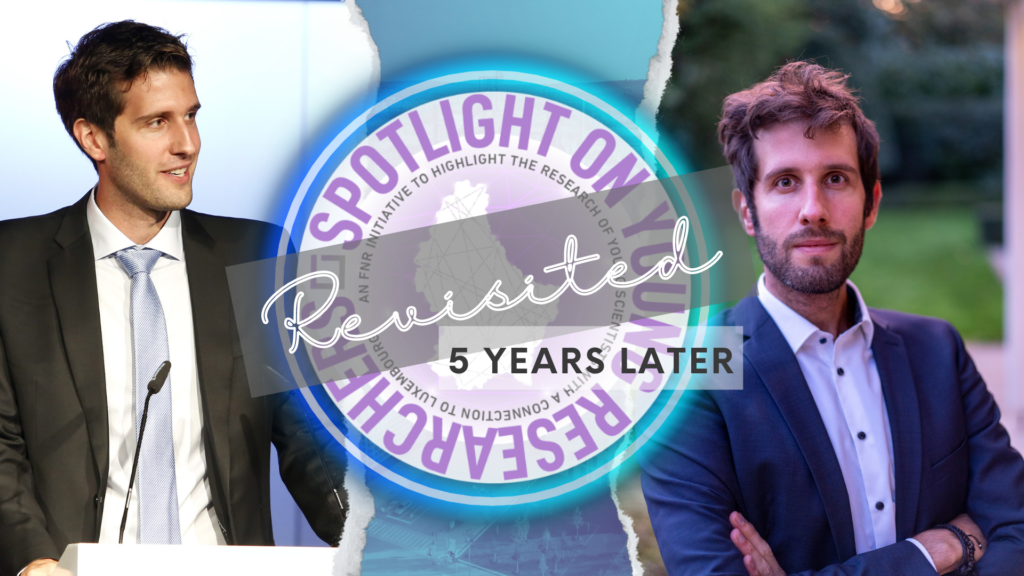How do eating disorders develop? And how can they be researched? We spoke to psychologist Annika Lutz about the current research into a widespread problem.
Dr Lutz, in your PhD thesis (funded through FNR’s AFR programme), you investigated anorexia in young women. What did you discover?
“These women experience a strong distortion of the perception of their bodies. Even after losing a lot of weight, they still feel too big.
“I, for example, conducted a study where I measured the brainwaves of the participants while they were looking at a picture of themselves – after just 160 milliseconds of looking at the photo, they showed clear differences when compared to healthy persons.
“This short space of time is an interval during which the brain analyses very basic aspects of the photo, such as contrast and brightness. The perception of the own body is fundamentally changed in people suffering from anorexia.”
How does this disruption come about? Are there specific risks?
“There are many factors that play a role here: genetic influence; eating and digestive troubles as a child; but also personality traits, for example perfectionism.
“At the end it is a very complex pattern of risk factors in the individual cases, and it varies strongly.”
Which role does society play? Are there more eating disorders today than there used to be?
“Apart from the listed risk factors, the slimness ideal and the societal beauty ideals also play a role.
“In principle, we assume that eating disorders became more frequent and widespread in the second half of the last century. But it is difficult to get reliable data on the development of eating disorders. One reason is for example that the criteria used to diagnose an eating disorder have not existed for that long, and another is that not everyone with an eating disorder has chosen to receive treatment.”
Where does an eating disorder begin?
“As soon as you notice that it has a big influence on your mood. People affected by it withdraw from the people around them, loose interests and begin to structure their whole day around eating and the compensation. Of course we also have official criteria, listed in the ‘Diagnostic and Statistical Manual of Eating Disorders’. This catalogue also includes bulimia and binge eating disorders.”
Is this also something you are researching?
“We are just starting a promising new study on bulimia – we want to find out which effects negative emotions have on eating behaviour. In the study we will measure brainwaves and investigate how food items are perceived in particular mood settings.”
When will you start the experiments?
“At the moment, we are searching for female participants over 18 years of age – healthy participants as controls, and women with bulimia. This study will be very interesting, because through the measurements of the brainwaves we can observe processes that lie beyond conscious thinking. Any interested parties can get in touch with us if they would like to participate.”
If you would like to take part in this study, contact Dr Annika Lutz on annika.lutz@uni.lu, tel. +352 46 66 44 9682.
This article was originally published on science.lu in German and French on 2 January 2017.
Project information
The project, EMO-EAT, is supported by an FNR CORE grant until 2018.

SEE ALSO..
RELATED PROGRAMMES









